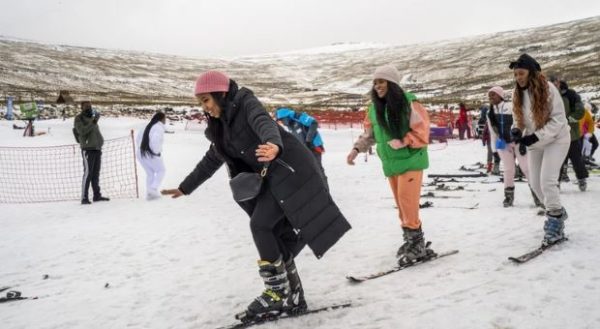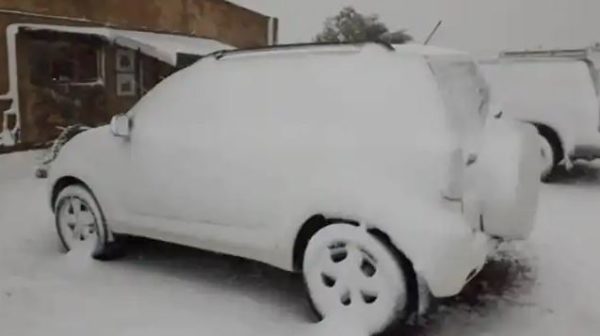Lifestyle
Everything you need to know about driving in snow, icy weather

With snowfall predicted in various parts of the country, including Gauteng, KwaZulu-Natal and the Cape regions, motorists have been advised to be cautious on the roads or avoid being out and about in the snow and icy conditions.
The N3 Toll Concession reported extremely cold and icy conditions along the route between Cedara and Heidelberg.
“Please drive safely and take care,” the N3TC said.
There have also been reports of sleet or black ice on some roads.
With parts of South Africa waking up to a white blanket of snow covering streets, cars and other surroundings, drivers in other parts of the world put their snow tyres on, but the rarity of snow here means most drivers need to take on the ice and snow without that extra help.
Masterdrive offers the following tips to keep in mind when driving through such weather conditions:
- Check that your tyres are properly inflated.
- Ensure your anti-freeze is adequately topped up.
- Gently test your brakes to judge how slippery the road is.
- Do not use cruise control when driving on slippery surfaces.
- Accelerate and decelerate slowly to maintain traction and avoid skidding.
- Drive slowly and give yourself more time: it takes more time to accelerate, decelerate and stop in slippery conditions.
- Increase your following distance to 10 to 12 seconds.
- Anticipate stops where possible and rather start moving slowly, as there is less resistance compared to being completely stationary.
- Accelerating up a hill can cause skidding. Rather gain speed before the hill and slow down when you reach the top.
- Avoid stopping halfway up the hill.
- Switch your headlights to dim. Do not use fog lights, as it makes it difficult for oncoming drivers to see.
- It goes without saying, but do not use sport mode and switch to snow mode if your vehicle has that option.
- If you start to spin, stop accelerating and let the car slow naturally. Do not brake. as it will extend the skid. If you start spinning, steer in the direction of the spin until it is safe to straighten. Do not slam on your brakes.
- Avoid driving habits which are dangerous in normal conditions: distracted, fatigued and drunken driving.
Black ice
Many areas may experience sleet rather than full snowfall. This can create an even more precarious situation on the roads, in the form of black ice. This is a thin layer of transparent ice on the road which forms when sleet or rain freezes as it hits the ground. It is very difficult to see and you will be at its mercy once you hit it.
1. Always be alert for black ice: it looks like glossy, slightly wet patches on the road.
2. Do not hit the brakes, and remain focussed on keeping the steering straight.
3. Lift your foot off the accelerator.
4. Be careful to not over-steer.










